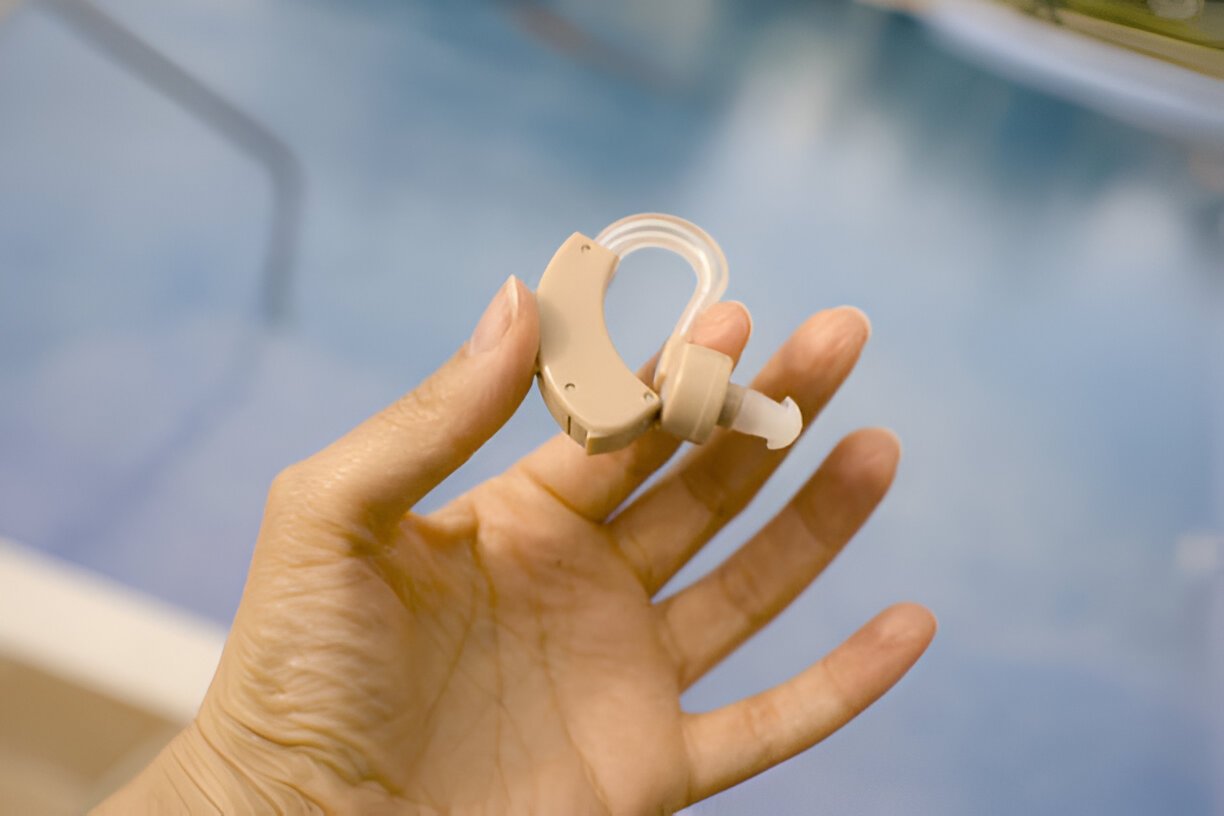Image Credit: iStock Image
If you’re a hearing aid user, you know the importance of maintaining not only your device but also the health of your ears. With so many products available, it can be tempting to reach for a common ointment like Neosporin when faced with irritation or discomfort. But can you safely use Neosporin in your hearing aid domes? Let’s explore the ins and outs of this query.
Read More About: Ear Mites
Understanding Neosporin
Neosporin is an antibiotic ointment commonly used to prevent infection in minor cuts, scrapes, and burns. Its active ingredients typically include:
- Neomycin: An antibiotic effective against a variety of bacteria.
- Polymyxin B: Another antibiotic that helps treat infections caused by specific bacteria.
- Bacitracin: This component targets various bacterial strains as well.
While Neosporin is effective for treating surface wounds, it’s essential to consider whether it’s suitable for use in your hearing aid domes.
Hearing Aid Domes: A Quick Overview
Hearing aid domes are small tips that fit over the end of a hearing aid receiver. They help direct sound into the ear canal while also providing a degree of comfort and sealing. They can be made from various materials, including silicone and foam, and come in different sizes to accommodate individual ear shapes.
The Risks of Using Neosporin in Hearing Aid Domes
- Potential Allergic Reactions: Some people may have sensitivities or allergies to the ingredients in Neosporin, which could lead to irritation or rashes when the product comes in contact with skin.
- Ear Canal Environment: The ear canal is a delicate environment. Introducing external substances like Neosporin can disrupt the natural balance of the ear, potentially leading to infections or other complications.
- Device Complications: Applying Neosporin in your hearing aid domes may lead to buildup or residue that can interfere with the device’s performance, leading to malfunctions or the need for more frequent cleaning.
- Unsuitable for Long-Term Use: Neosporin is designed for short-term application on external wounds. Its use in the ear, particularly on devices designed for prolonged wear, may not be advisable.
Alternatives to Neosporin
If you’re dealing with irritation or discomfort from your hearing aid domes, consider the following alternatives:
- Ear Drops: Over-the-counter ear drops specifically formulated for ear health can provide relief without the risks associated with Neosporin.
- Saline Solution: A saline rinse can help cleanse the ear canal and reduce irritation.
- Consult Your Audiologist: If you’re experiencing ongoing issues, it’s essential to consult a healthcare professional or your audiologist. They can recommend safe and effective treatments tailored to your needs.
Click Here to Understand About: How To Open A Blocked Ear
Best Practices for Hearing Aid Maintenance
To keep your hearing aids and ears healthy, follow these best practices:
- Regular Cleaning: Clean your hearing aids daily with a soft, dry cloth. Avoid moisture and harsh chemicals.
- Storage: Store your hearing aids in a dry place when not in use. Consider using a dehumidifier for hearing aids to reduce moisture buildup.
- Check for Fit: Regularly check that your hearing aid domes fit properly. An improper fit can lead to discomfort and irritation.
- Monitor for Changes: Be alert for any changes in your ear health, such as increased irritation, pain, or discharge. Promptly address these with your audiologist.
- Stay Hydrated: Proper hydration can promote overall ear health.
Also Read About to Understand: Ear Popping
Conclusion
While Neosporin is a reliable treatment for minor external wounds, it’s not recommended for use in hearing aid domes. The risks of allergic reactions, potential complications, and interference with your device’s performance outweigh the benefits. Instead, focus on proper maintenance of your hearing aids and consult your audiologist for any ear-related issues. Prioritizing ear health will ensure a comfortable and effective hearing experience.



Leave a Reply